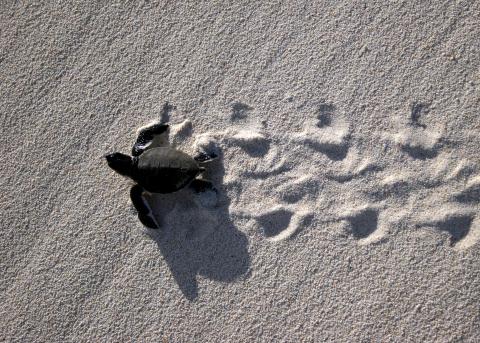It’s been one year since we settled with BP and began implementing our programmatic plan to restore the Gulf. Since then, we’ve been busy planning, implementing restoration, and hearing from you about what restoration should look like.
The Texas, Mississippi, Alabama, Florida, and Open Ocean Trustee Implementation Groups requested your projects ideas for restoration. Florida held a webinar on its restoration planning process. They will consider those comments when developing their plans. Mississippi held a restoration summit and got feedback on its draft restoration plan. Louisiana and Alabama also held public meetings and considered public input when finalizing their first restoration plans.
The Trustee Council also held its first annual public meeting in September 2016. We gave an update on our work since the settlement and described restoration planning activities and opportunities for public engagement. We also developed and updated our standard operating procedures, which guide the long-term management, implementation, and administration of settlement.
Several of the Trustee Implementation Groups developed restoration plans following settlement:
- Louisiana’s plan focuses on wetlands, coastal, and nearshore habitats; habitat projects on federally managed lands; and birds
- Mississippi’s draft plan focuses on wetlands, coastal, nearshore and habitat; birds; and nutrient reduction
- Alabama’s plan focuses on recreational use
Many restoration projects are already underway, including:
- Building barrier islands in Louisiana, which will help protect coastal ecosystems and communities in Barataria Basin from storms and benefit nesting birds
- Restoring dunes and beaches in Florida and Alabama
- Installing living shorelines in Alabama and Mississippi, which will reduce shoreline erosion
- Creating two artificial reefs in Texas, which will become home to fish, coral, and sea turtles
- Placing oyster cultch in Florida, which will enhance and improve the oyster populations
- Restoring sea turtle and oceanic fish populations
We know you are interested in the status of our restoration and planning efforts, as well as how funds are being spent. We are making this information available through the Data Integration Visualization Exploration and Reporting Portal, or “DIVER”. This is a powerful restoration reporting tool that’s easy to use. Through DIVER, you can view planning and implementation status, monitoring activities and data, and financial information for each project. This includes the 2016 Annual Financial Summary Report.


